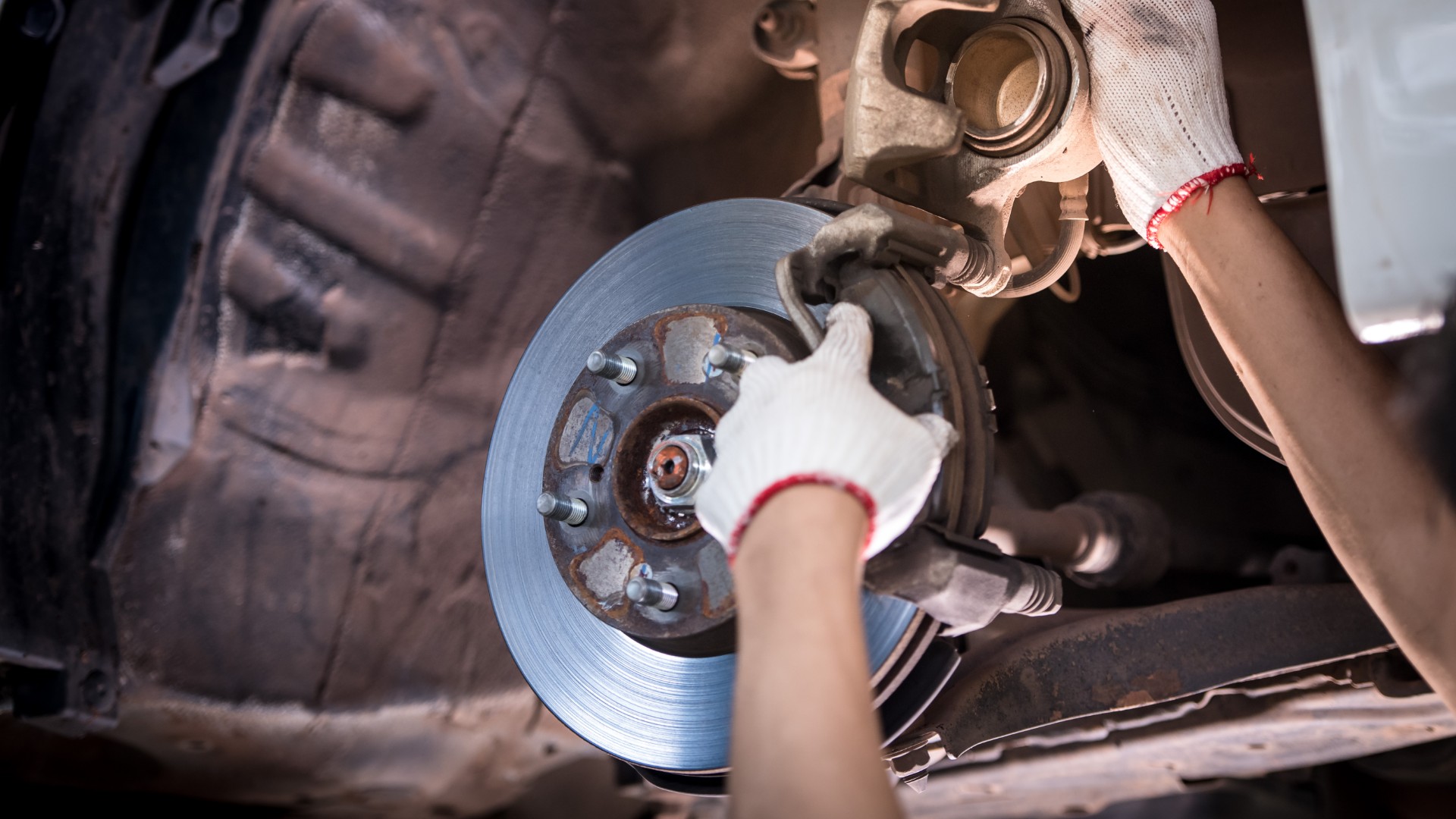
New DVSA MOT data collated by Warranty Direct shows seven in 10 cars on the road have brakes or tyres that would warrant an MOT advisory (or indeed a combination of both).
The data was used in combination with claim stats from more than 50,000 Warranty Direct policies between March 2018 and May 2019.
During that time, there were 4.8 million instances of sub-optimal tyres and 4.6 million below-par brakes. Overall, tyres accounted for 35 percent of advisory cautions, while brakes made up 34 percent.
A total of 8.7 million vehicles left an MOT station between March 2018 and May 2019 with advisories on their records. The number of individual advisories topped 15 million, so each of these cars had an average of around two MOT advisories.
What is an MOT advisory?
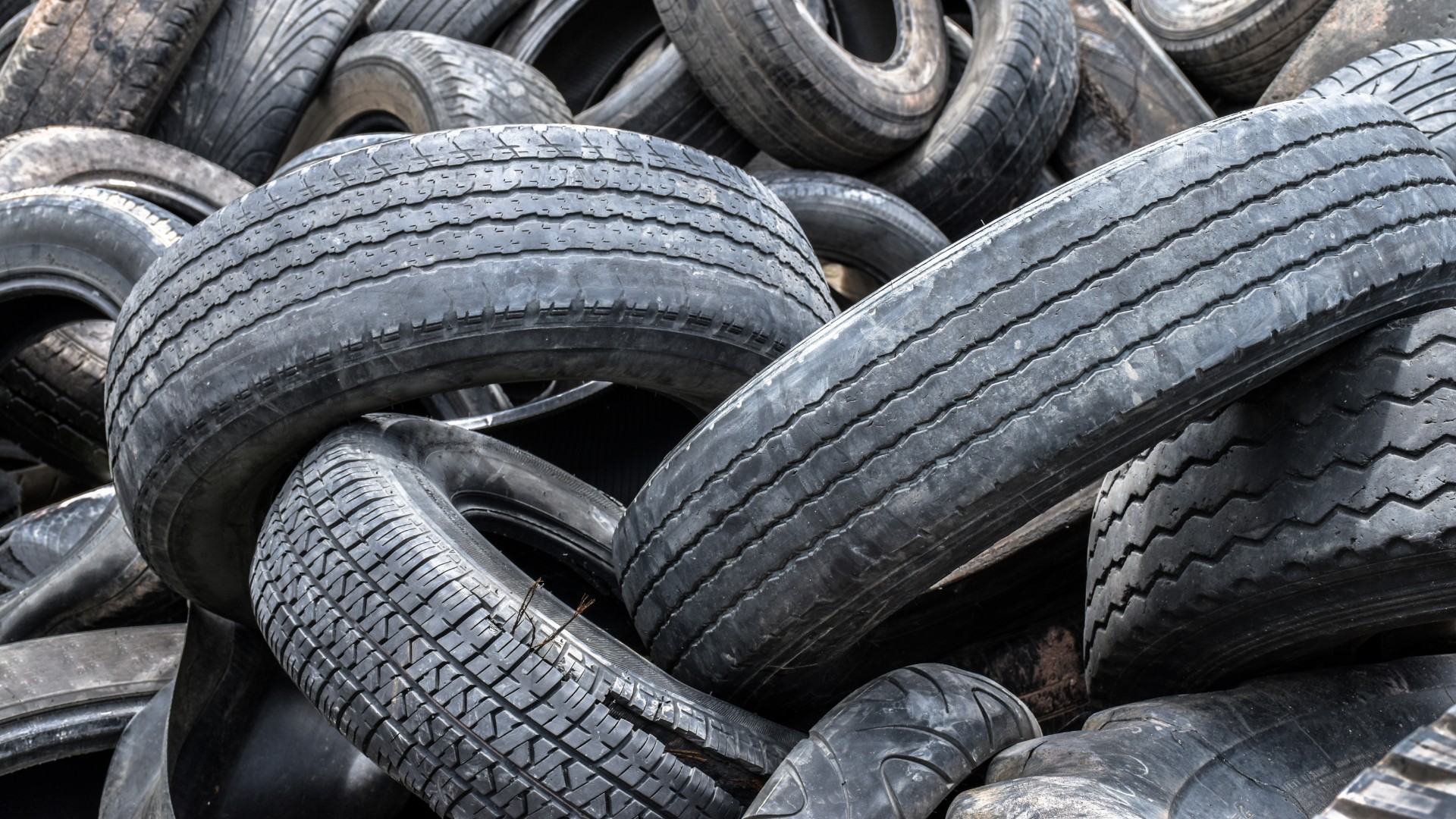
An advisory is a fault that doesn’t warrant a fail at the time of the test, but should be addressed before the next MOT test. It’s generally considered that an advisory will turn into a minor or a major fault (and thus a fail) during the following 12 months.
Being a millimetre or two above the minimum tread depth on a tyre is one example of an advisory.
“The recent high number of advisory issues are of significant concern and indicate a large proportion of drivers are taking potential, unnecessary risks when it comes to vehicle safety,” said Simon Ackers, CEO of Warranty Direct.
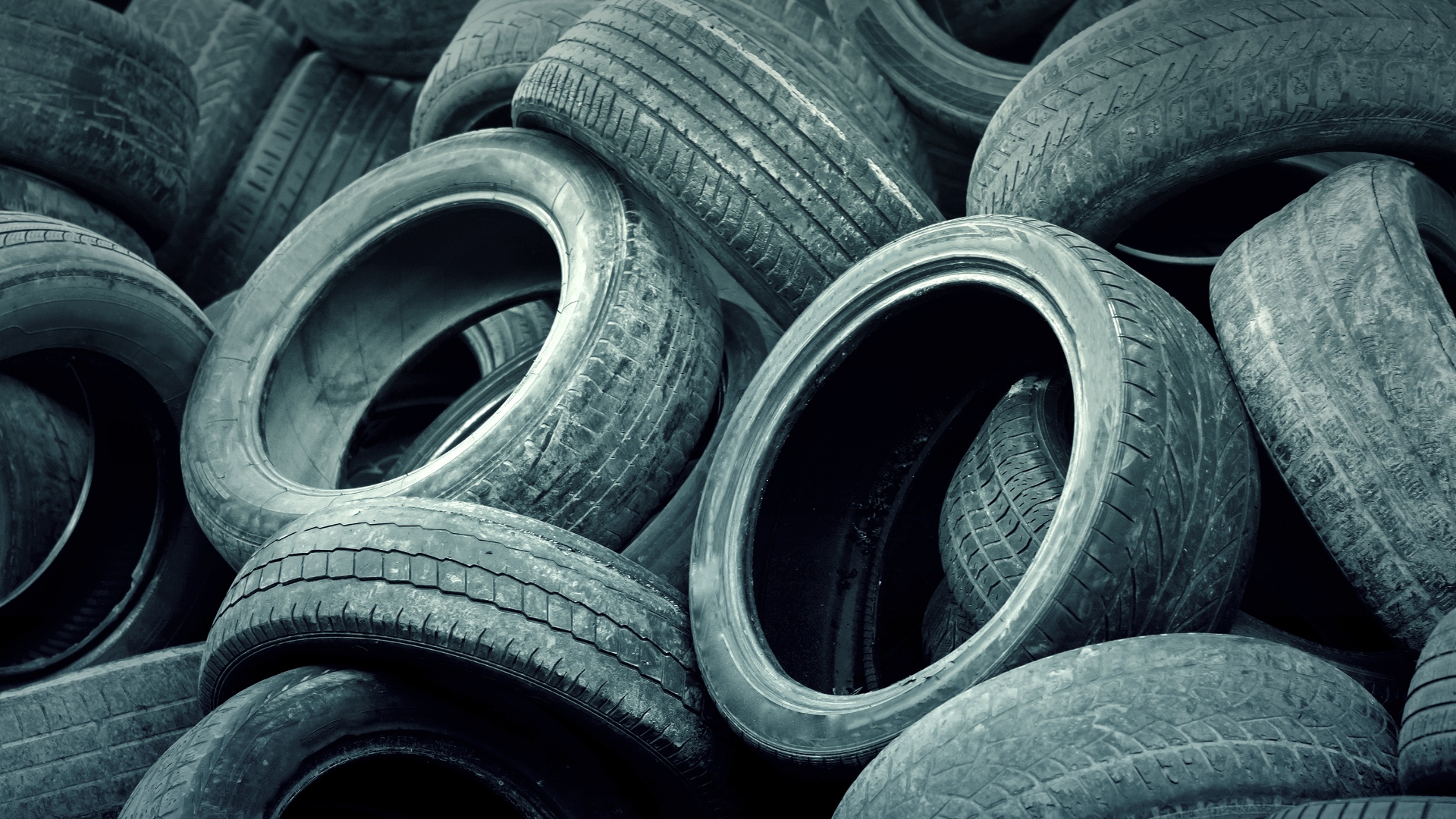
“Ignoring or leaving advisory issues for too long could lead to serious accidents and high repair costs for drivers. We recommend all motorists take the correct safety measures and deal with any advisory issues as soon as possible.”
Brakes and tyres top the list of defective items that cause road accidents in the United Kingdom.
Brakes took the lead in 2017, causing 570 accidents. Inadequate tyres caused 472 accidents during the same period.
Brakes and tyres: how to stay safe
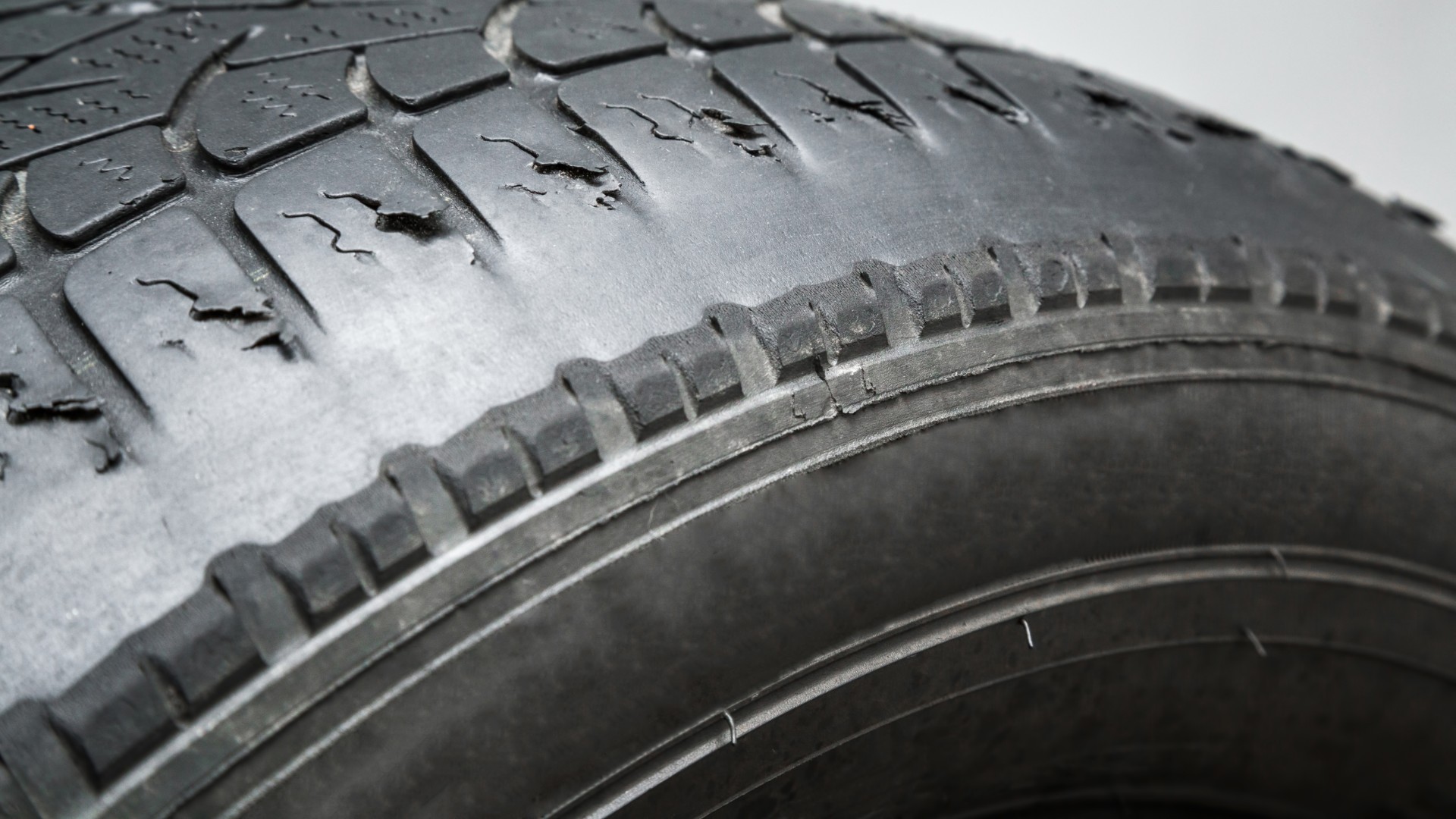
When it comes to tyres, a minimum 3mm of tread is recommended across the width of the tyre. Anything less than 1.6mm is an MOT failure.
Also look out for cracking, flat spots and damage to your wheels as other forms of degradation. Keep an eye on your tracking and wheel alignment to maximise the life of your tyre.
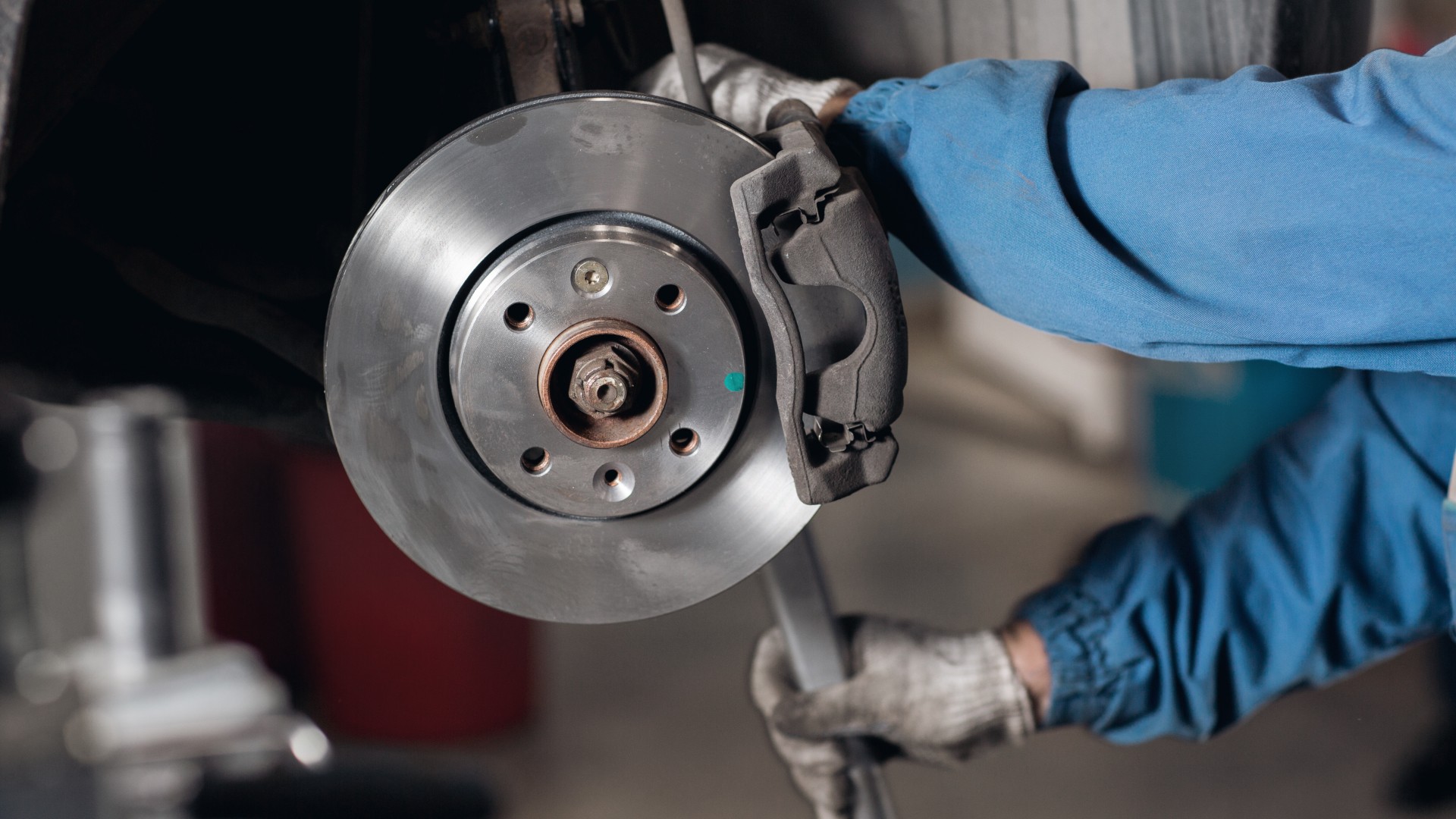
As for brakes, pads will be a major fault if they have worn below the wear indicator. If they’re below 1.5mm, the fault is considered dangerous: both are an MOT fail. The RAC recommends your pads should be replaced if the material wears below 3mm.
For discs, significant wear will constitute a major fault. Being insecure or fractured is considered dangerous. The more discs wear down, the more likely they are to crack.